Haute couture fading behind milky, semi-transparent screens. Glossy fashion magazine covers deconstructed like Dada collages. Editorials treated like experimental photography with triple exposures, layers in negative and other extreme effects. This irreverent approach to mainstream commercial photography defines the legacy of influential fashion photographer Erwin Blumenfeld(1897-1969), whose work is currently on display as a major retrospective at the Cité de la Mode et du Design in Paris.
A Dadaist at heart, Blumenfeld worked often with collage, using his own photos and magazine cut-outs to create compositions that commented on political and art-related affairs of his time. The most famous of these collages, depicting Hitler with his head replaced by a skull and a swastika pasted on his forehead, was used by the Allied Forces as propaganda, and was printed on leaflets dropped over German cities during the war.
After being held prisoner at a series of concentration camps in France, Blumenfeld managed to escape to New York with his family in 1941, where he soon began working for fashion magazines such as Harper’s Bazaar and Vogue where he developed his signature fashion-photography style, which was evidently influenced by his more experimental and daring exercises as an independent art photographer. His cover for a 1950’s issue of Vogue depicts only the left eye and lips of model Jean Patchett, set against a pure white background; the cover is not only one of Blumenfeld’s most recognised works, but also one of the most popular Vogue covers of all time.
Exploring Blumenfeld’s influence on fashion magazines and art photography during his New York years, the exhibition ‘Studio Blumenfeld New York, 1941-1960 – Art as Contraband’ revisits a show staged by Somerset House in 2013, with a new exhibition design for the Cité by architect and installation designer Vasken Yéghiayan. Tracing Blumenfeld’s journey from Europe to the USA, the exhibition brings together over 200 works by the photographer, including 30 photos that have never been presented to the public ever before. Although Blumenfeld was the highest-paid photographer in the world during his peak, his name faded into obscurity after his death in 1969; the photographer died of a self-induced heart attack, after running up and down the Spanish Steps in Rome without taking his heart meds. He left behind thousands of prints and collages, but most importantly, an undiluted vision about what commercial photography could achieve when injected with ingenuity, artistic curiosity and a dash of irony.
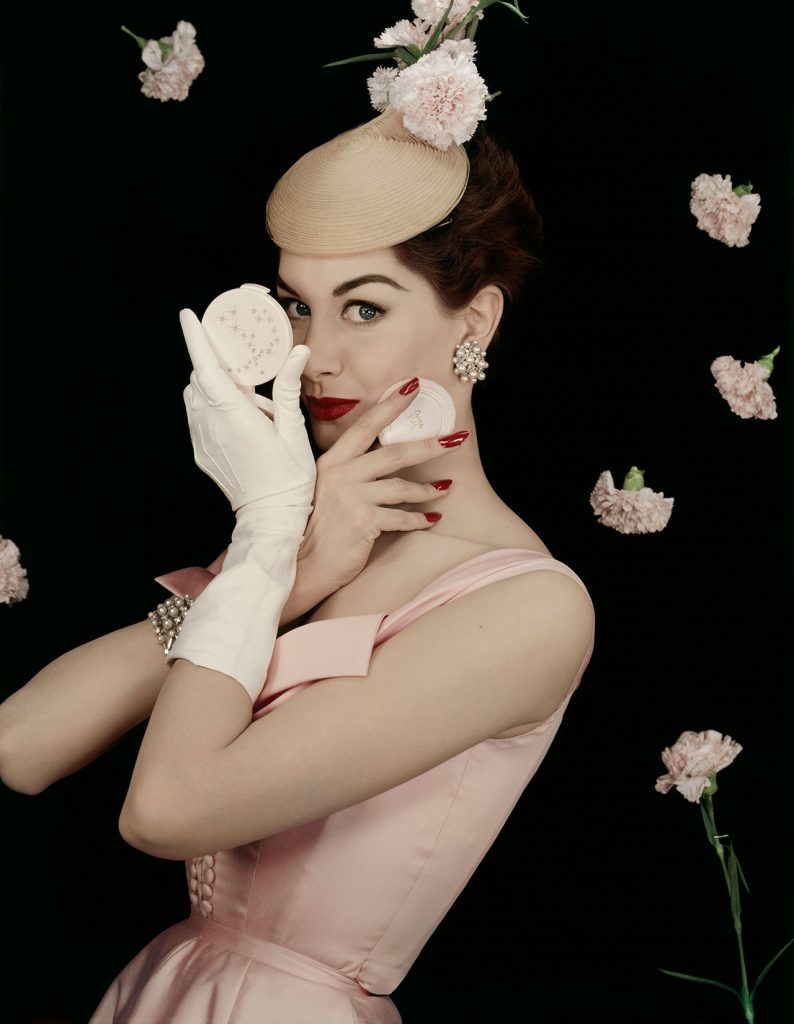
Powder box for Elizabeth Arden, 1955. Model : Nancy Berg © The Estate of Erwin Blumenfeld
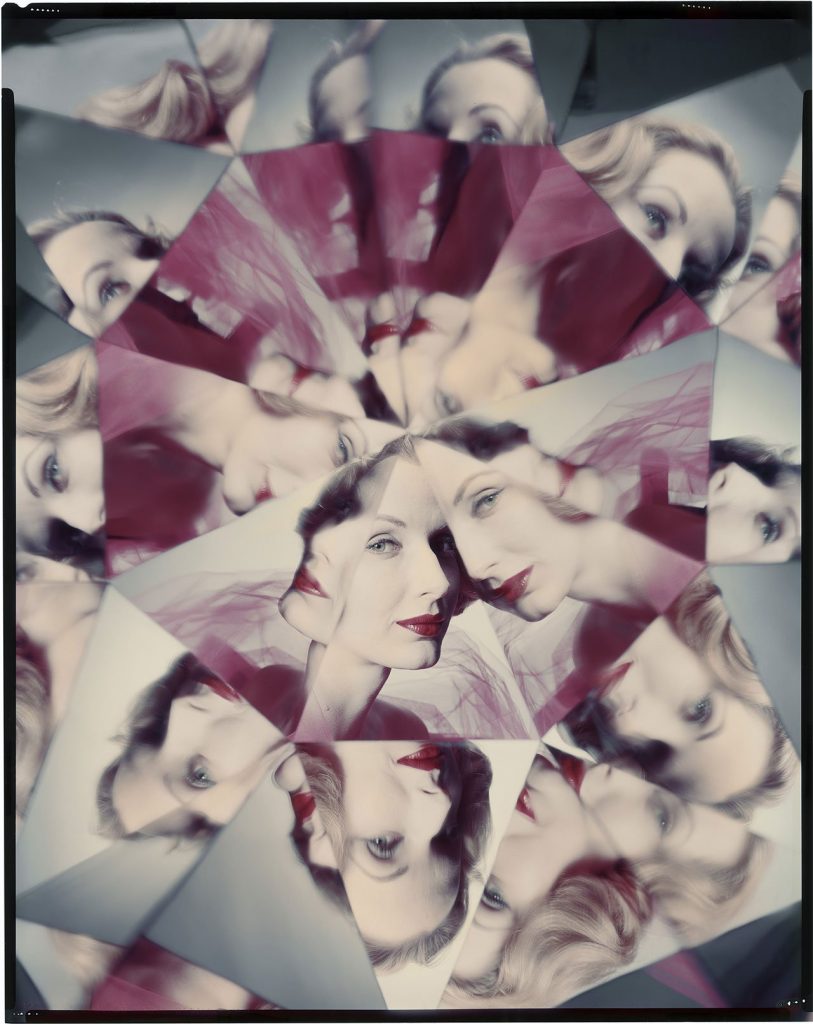
Kaleidoscope from 1960 © The Estate of Erwin Blumenfeld
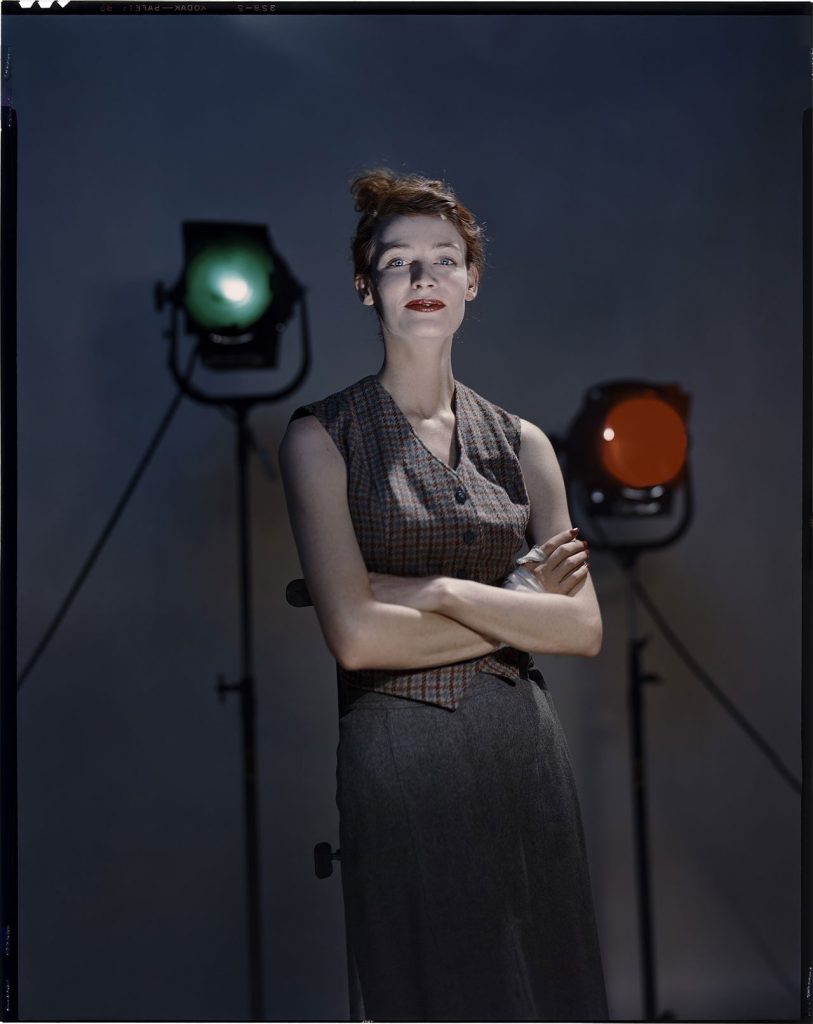
Untitled, model : Teddi Thurman © The Estate of Erwin Blumenfeld
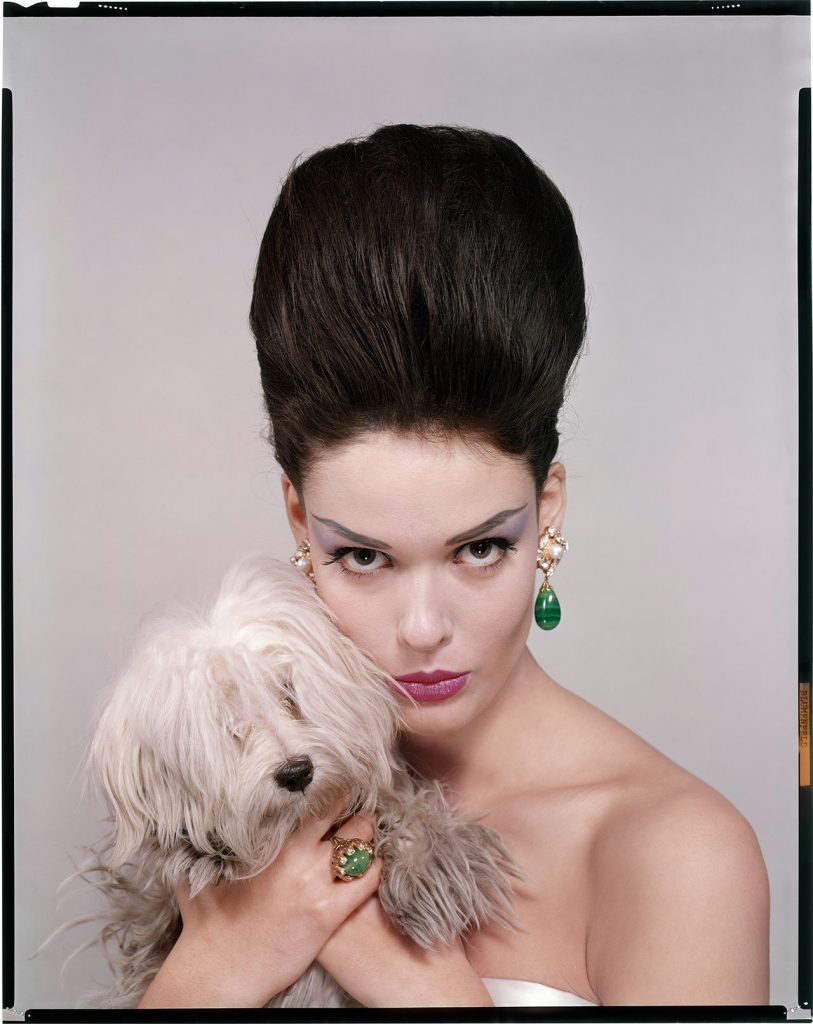
Circa 1952 © The Estate of Erwin Blumenfeld
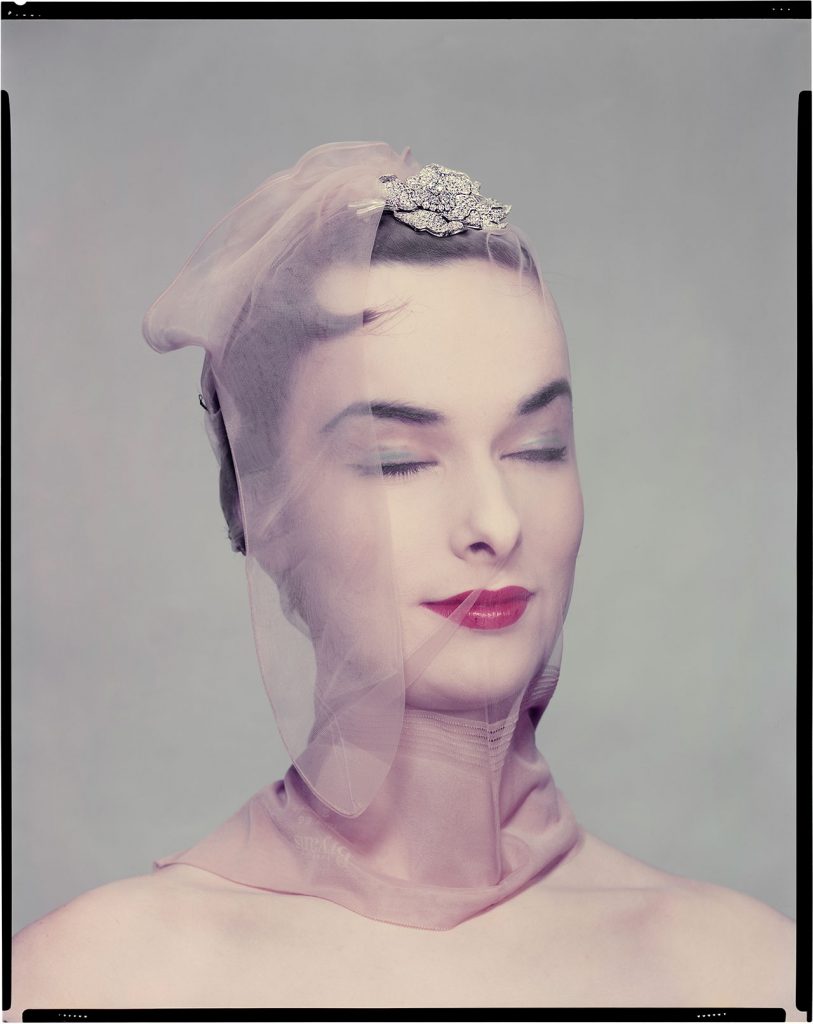
Variant of the photo published in Vogue US, 1st April 1954 «beauty ready to sleep». Model: Victoria von Hagen © The Estate of Erwin Blumenfeld
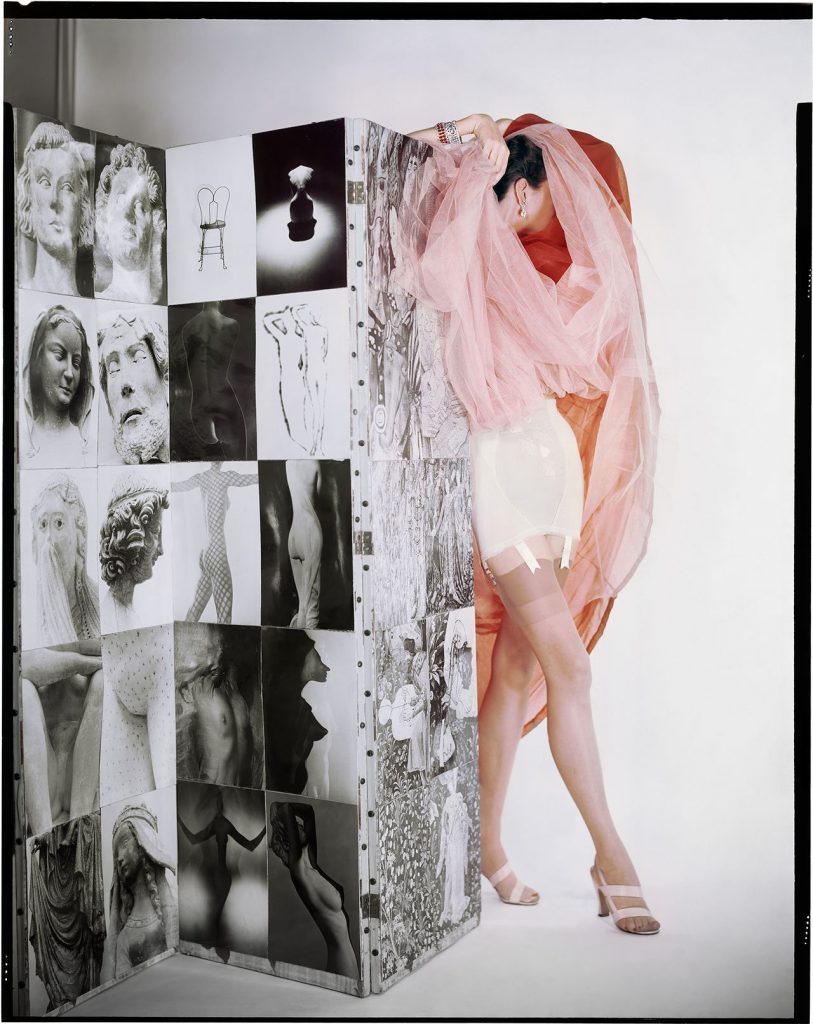
Lily of France Corset, Dior Organdi, Modeltex Low, Valley Sandals. Model: Ruth Knowles. In front of a screen of photographs by Erwin Blumenfeld. Variant of the photograph published in Vogue US February 15, 1953 © The Estate of Erwin Blumenfeld
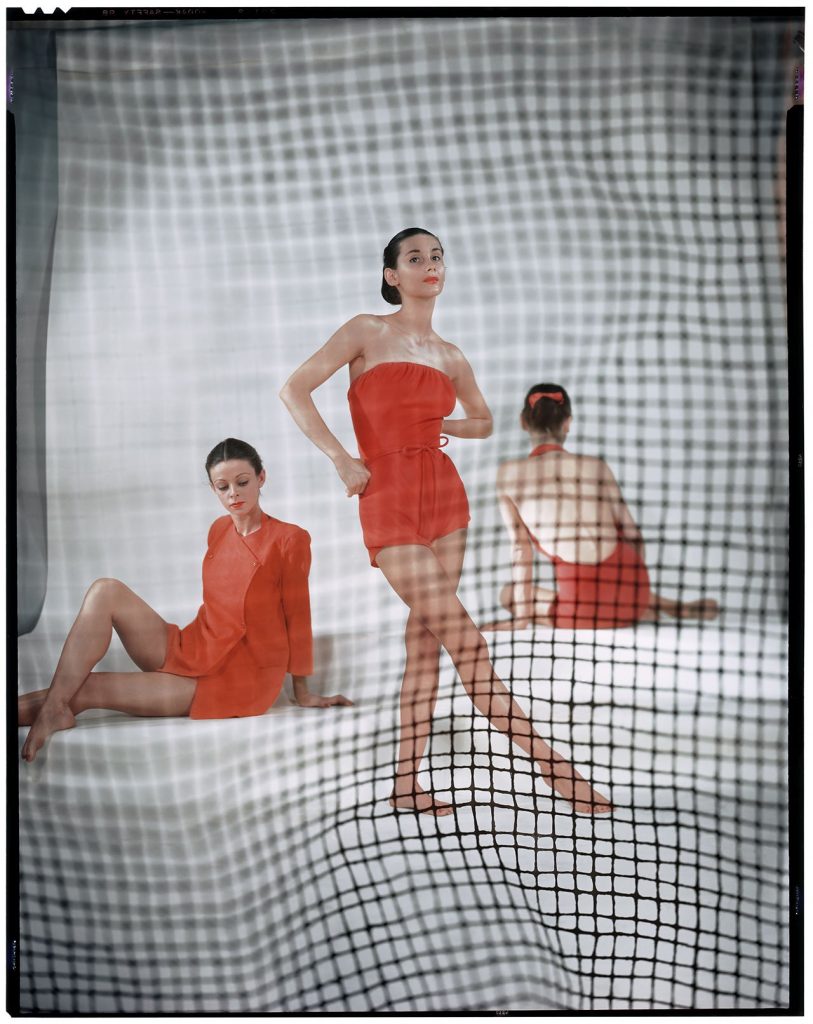
Variant of the photograph published in Vogue US, May 1946 © The Estate of Erwin Blumenfeld
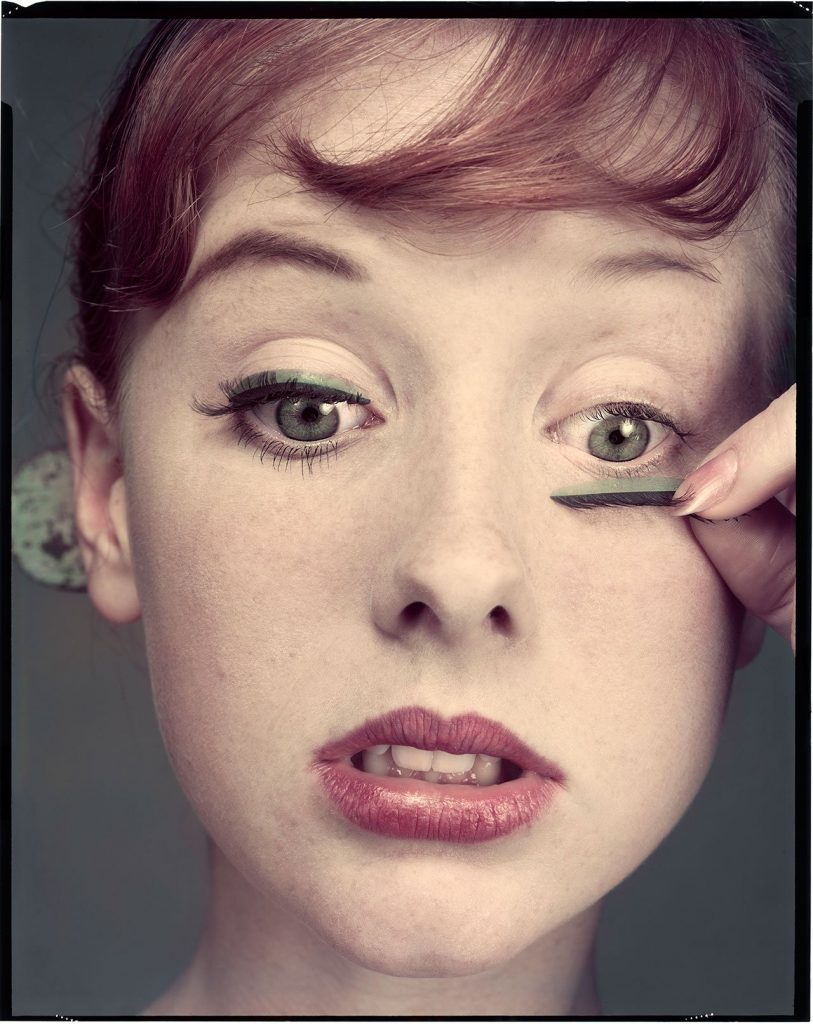
Untitled © The Estate of Erwin Blumenfeld
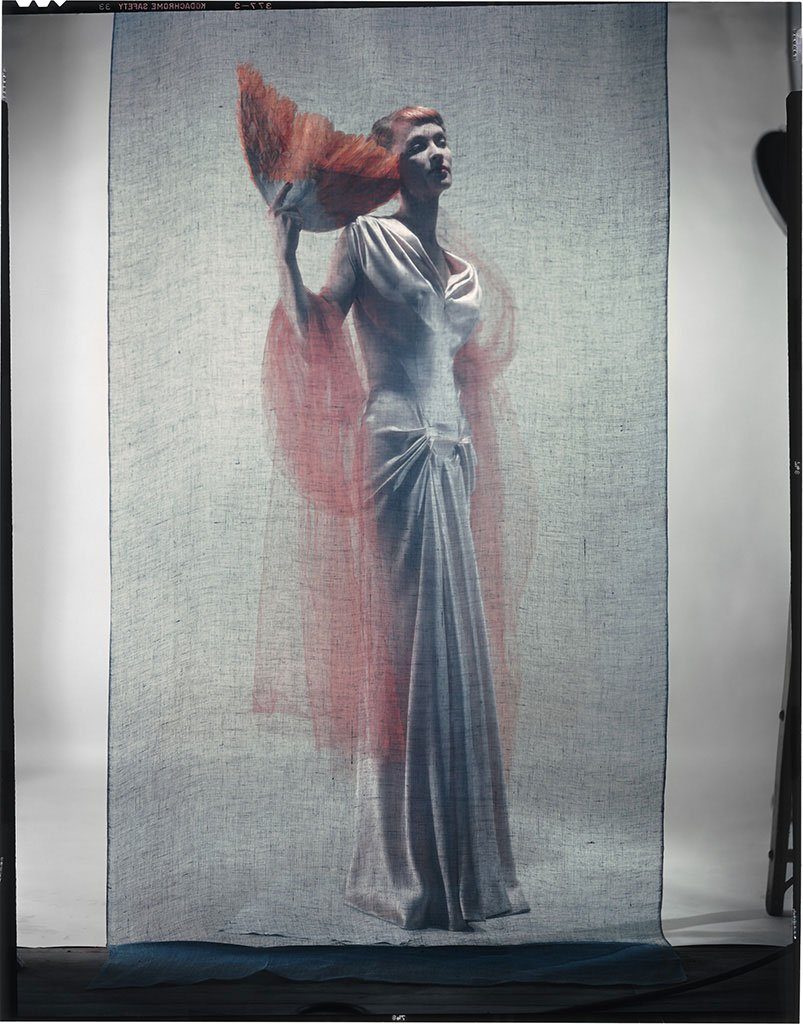
Variant of the photo published in Vogue US April 15, 1947. Model: Teddi Thurman © The Estate of Erwin Blumenfeld
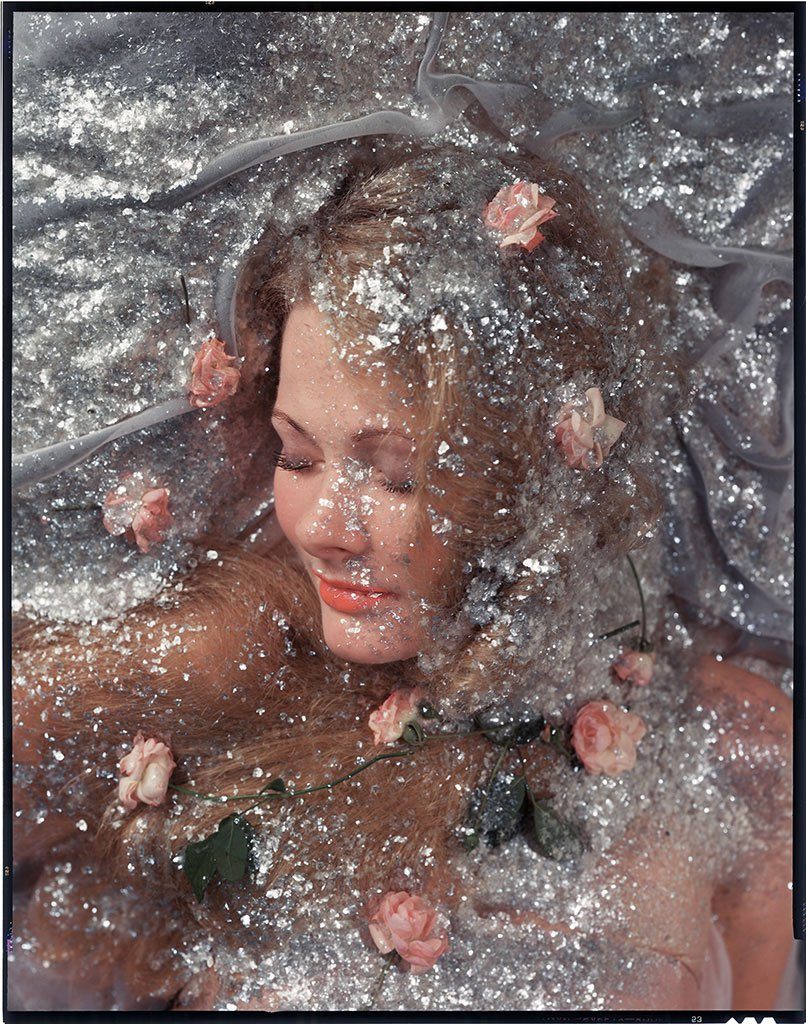
The Breughel girl, variant. Picture Post January 1947 © The Estate of Erwin Blumenfeld
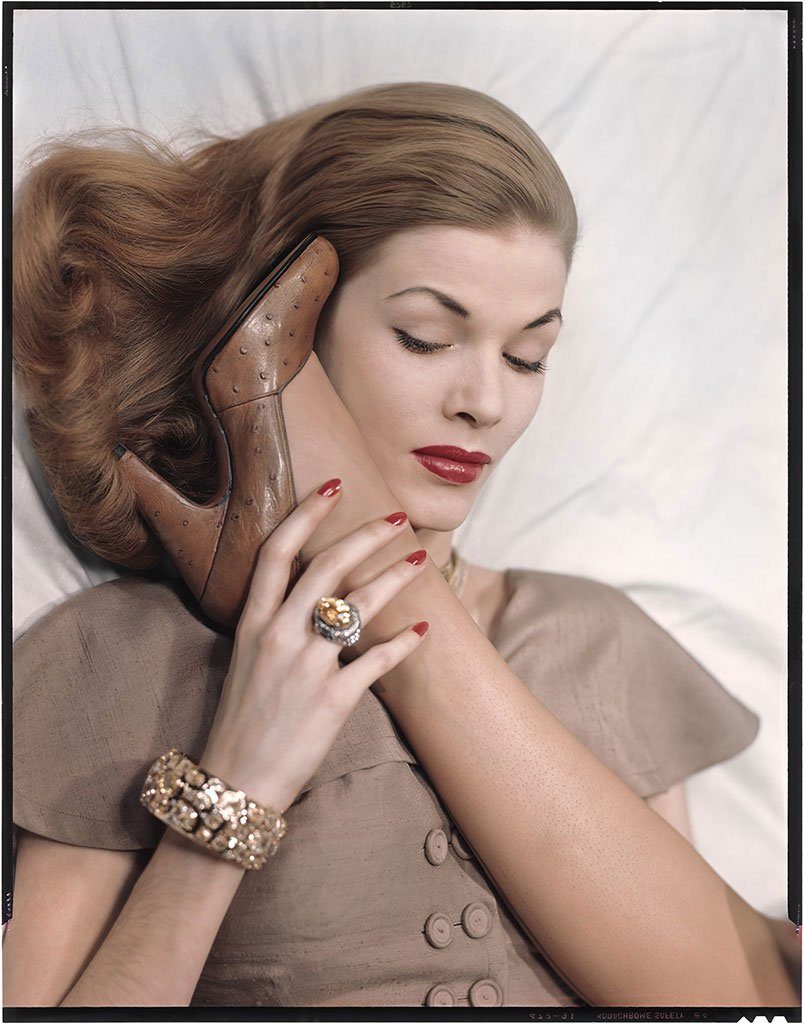
Untitled, Variant of the photograph published in Vogue US February 1st 1949. Model : Dorothy © The Estate of Erwin Blumenfeld
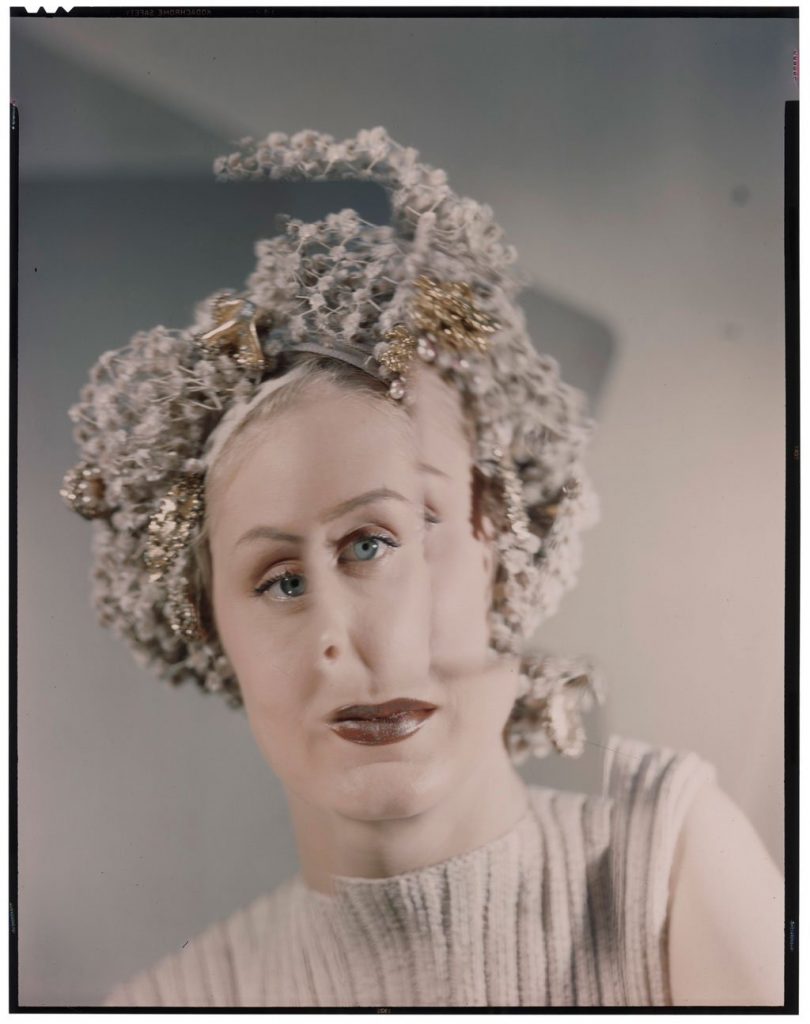
Model: Teddi Thurman, 1947 © The Estate of Erwin Blumenfeld
